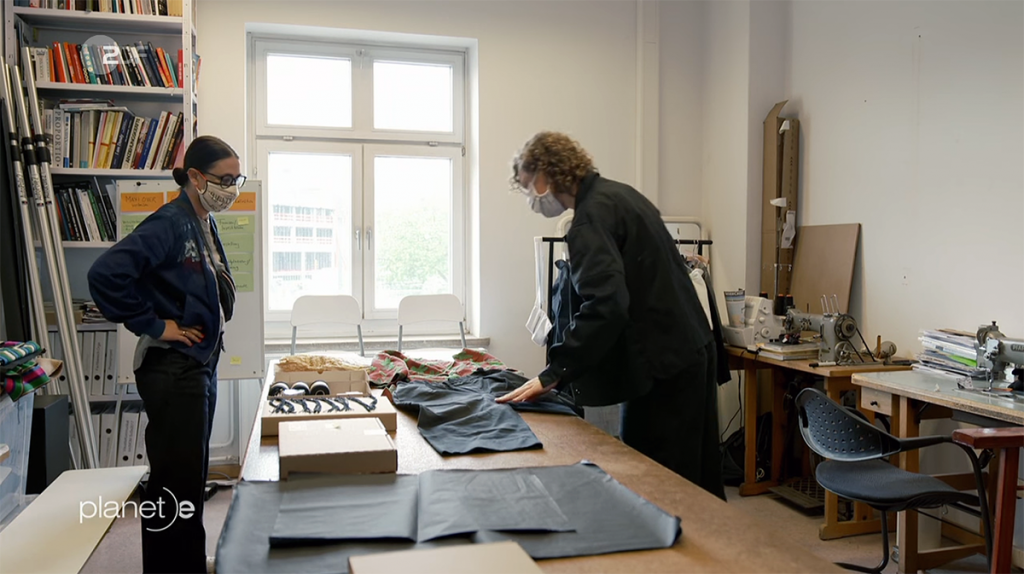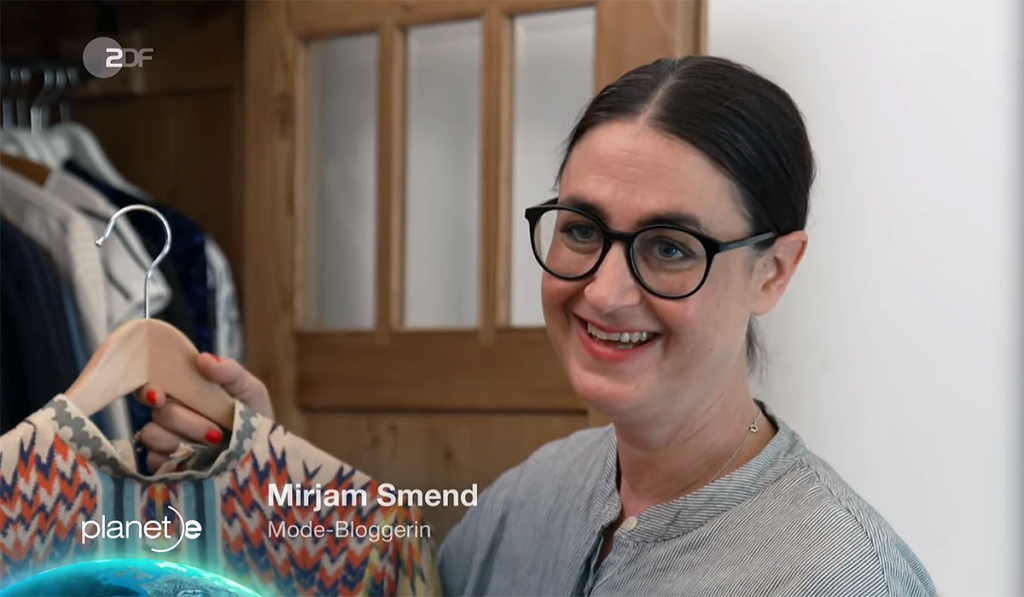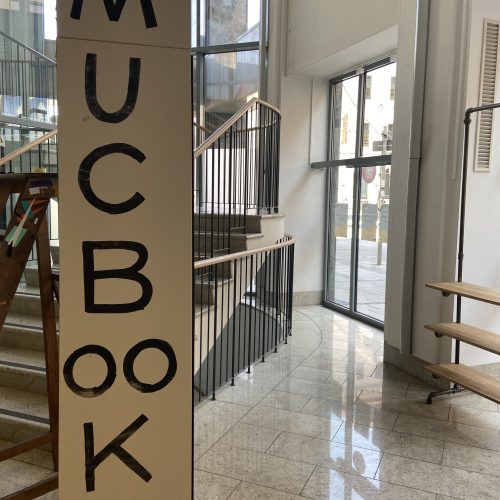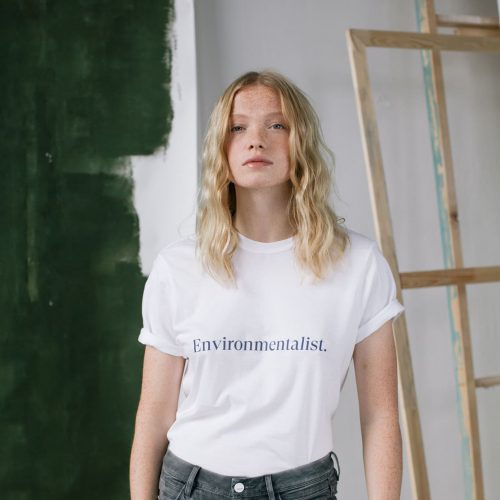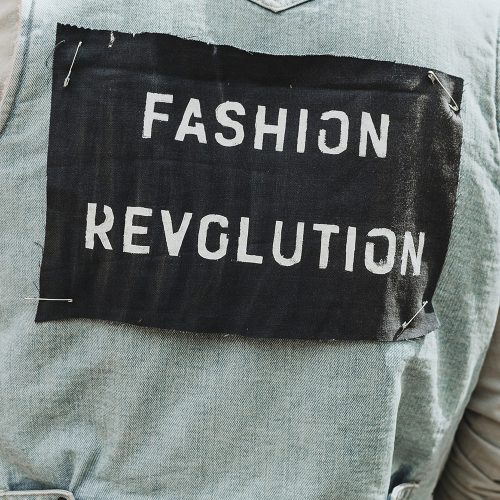Pandemic: How the fashion industry is suffering.
The fashion world is spinning faster and faster. More and more trends follow in ever shorter intervals. And then came Corona with the shutdown. The fashion world is collapsing like no other industry.
♦ Fashion temples are shutting down.
♦ The industry is sitting on mountains of clothes of unmanageable size.
♦ The warehouses of the textile collectors are piling with old clothes.
♦ Corona has caused the global second-hand market to collapse.
♦ The production countries are massively affected.
In the crisis, the fashion industry is more merciless than ever.
According to the Textile Trade Association, more than 10 million garments were sold daily before Corona. In the meantime, sales have collapsed massively. The industry is sitting on mountains of clothes. But there are more deliveries to come. What’s the reason? Large parts of the textiles are produced in China and are sent to Europe by ship in containers.
“The problem of the fashion industry is the combination of fast pace with short-term trends and monthly new arrivals with a long reaction time.” Dr. Peter Rinnebach, Managing Director Accenture
In February, many retailers were still afraid of not getting their goods from China. Therefore some production was moved to other Asian countries. Then came the shutdown in Europe. The duration from the design of an item until it appears in the shop takes almost a year. Even the production in Asia takes months. Therefore, the brands can hardly react to short-term changes. The problem of the fashion industry is the combination of fast pace short-term trends and monthly new releases with long reaction times. And that is why new goods still come to Europe despite massive overstocks.
Even before Corona, we already had a massive oversupply in the trade.
Therefore, even then only a small part of the goods were sold at full price. What was already very difficult for the profitability of the companies before, today it partly brings them into existential distress.
The excess stocks are larger than ever. What happens to them?
Innature accepts unsold new goods as a donation and organizes their transfer to charitable organizations. A model that would make sense for many reasons. If the system didn’t have a catch: donations are more expensive than destroying them. Because even if a company wants to donate, sales tax is still due.
Jeans with new price 50 Euro
Donation costs 4,66 Euro
Disposal costs 0,85 Euro
Federal Environment Minister, Svenja Schulze, wants to prevent the destruction of new goods. But why is donation still more expensive? The Federal Ministry for the Environment is referring to the fact that German tax law is based on EU law, which does not allow VAT exemption for donations in kind from companies.
Donating new goods is more expensive than destroying them.
According to a study by the University of Bamberg (Research Group Returns Management), 3.9 percent of returns were disposed of by mail order even before Corona. Even if this may look like little at first glance – we are talking about 20 million items per year. Many products are defective, but about 7.5 million items could still have been donated.
20 million returned articles are disposed each year.
What measures are being taken to get the textile retail trade through the crisis, put the fashion industry back on a healthy track, the problem of credit, price reductions, overstocking and further insights into the issue of old clothes and the problems of the industry with cheap clothes, and the situation of seamstresses in Bangladesh, a lack of supply chain legislation, deceleration in fashion and new approaches can be found in the documentary “Pandemie: Wie die Modebranche leidet.”
Planet e. Pandemie: Wie die Modebranche leidet.
A documentary by Anja Utfeld. Season 01, Episode 08
View here (until 14.6.2021)



